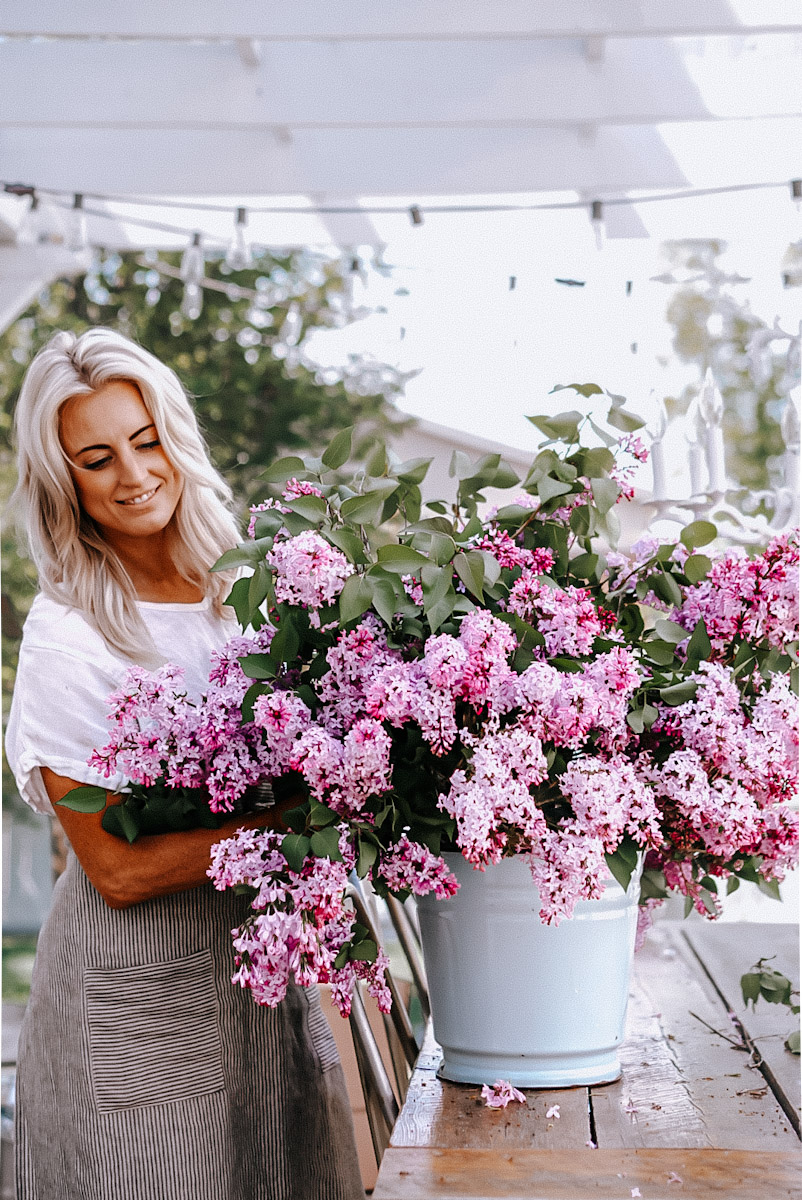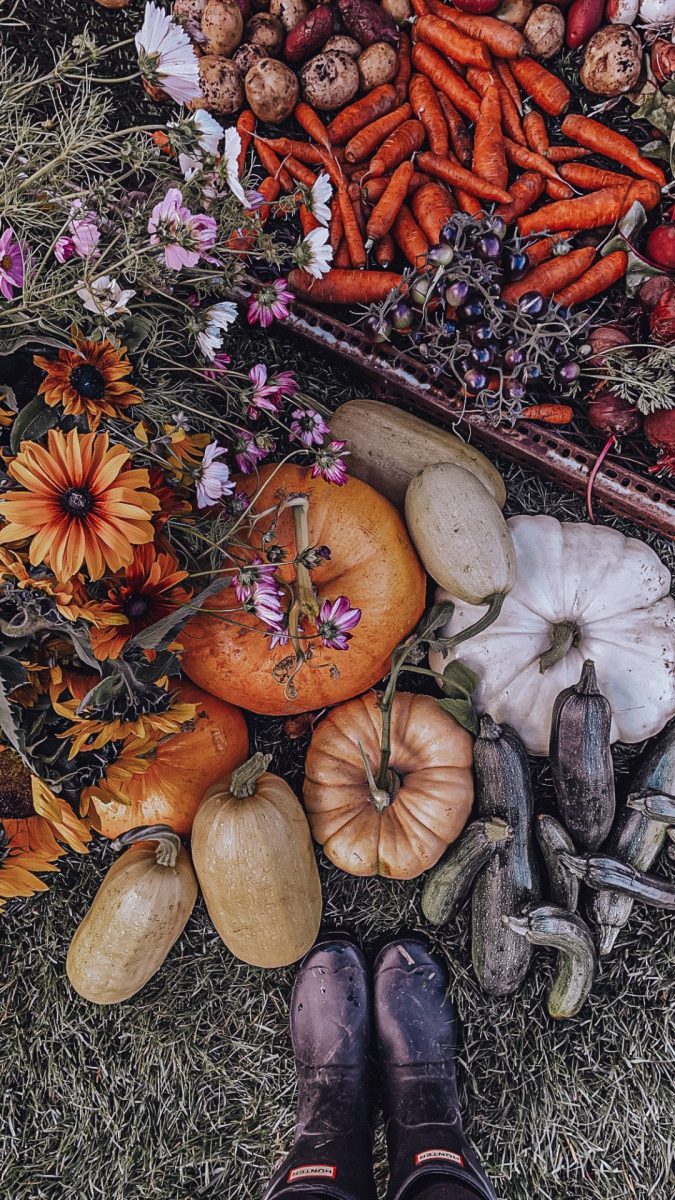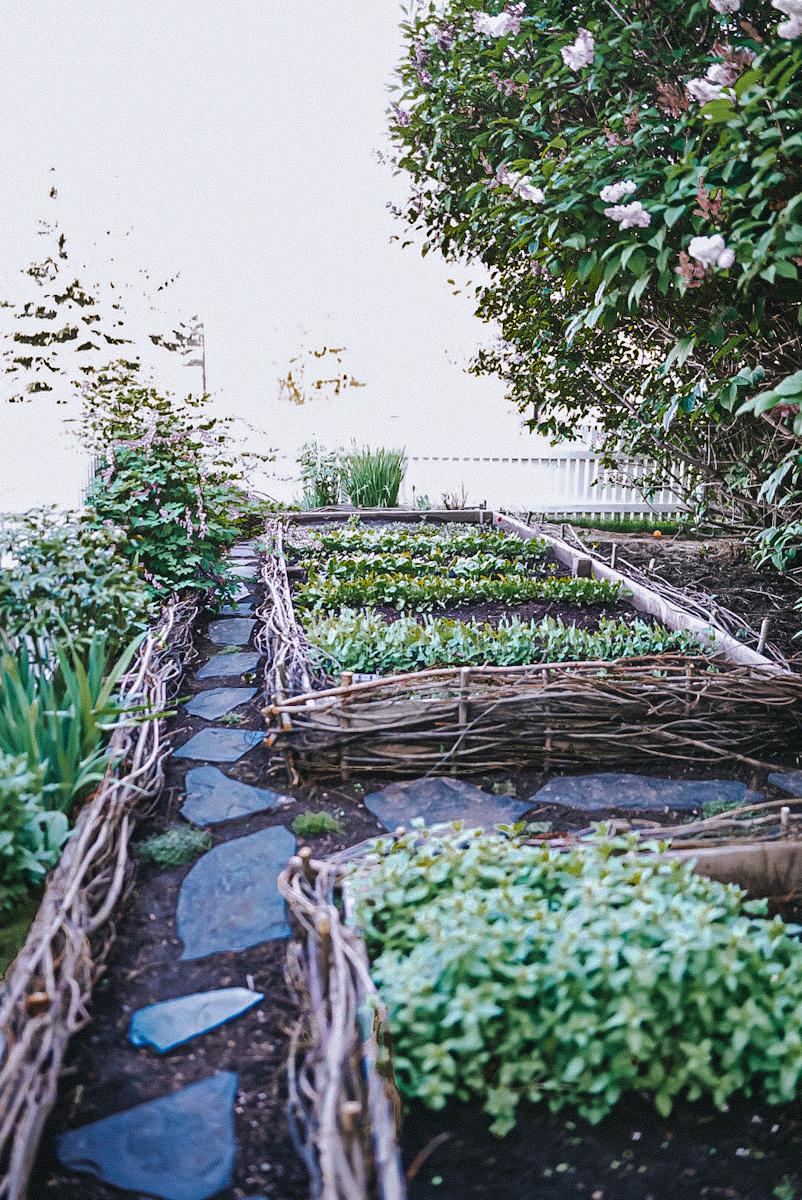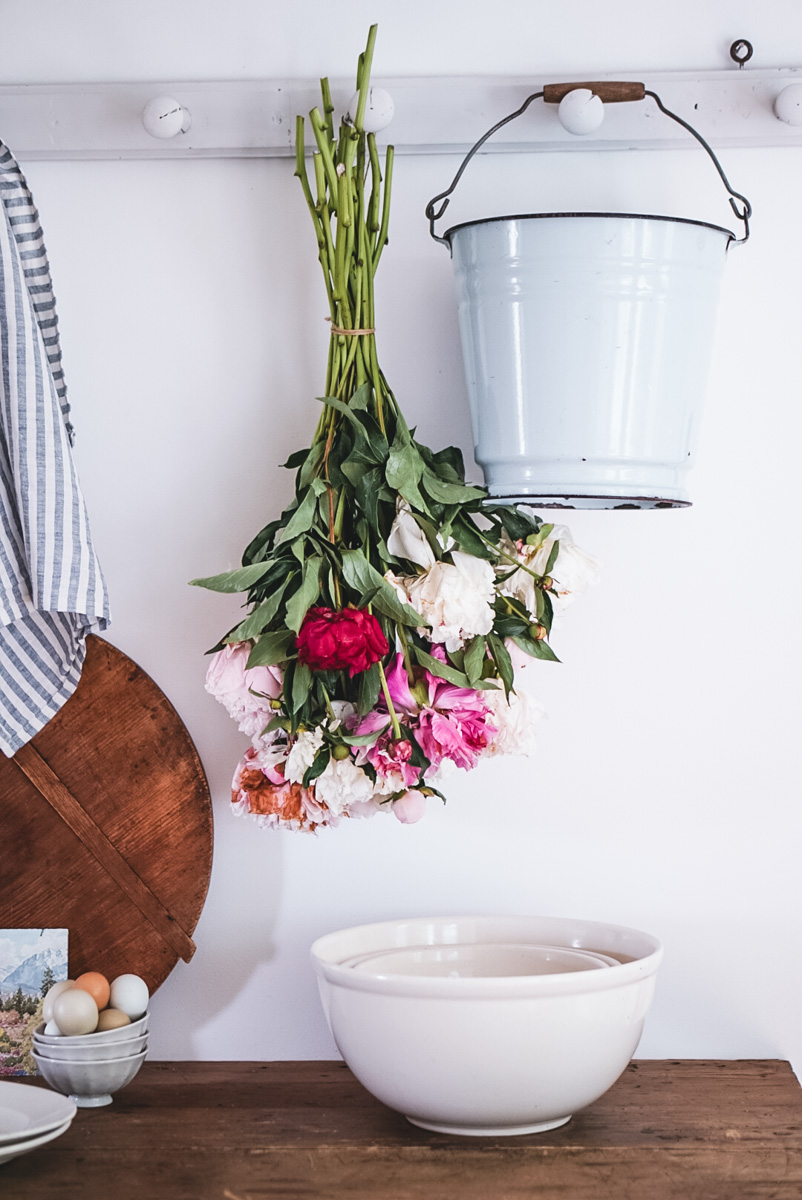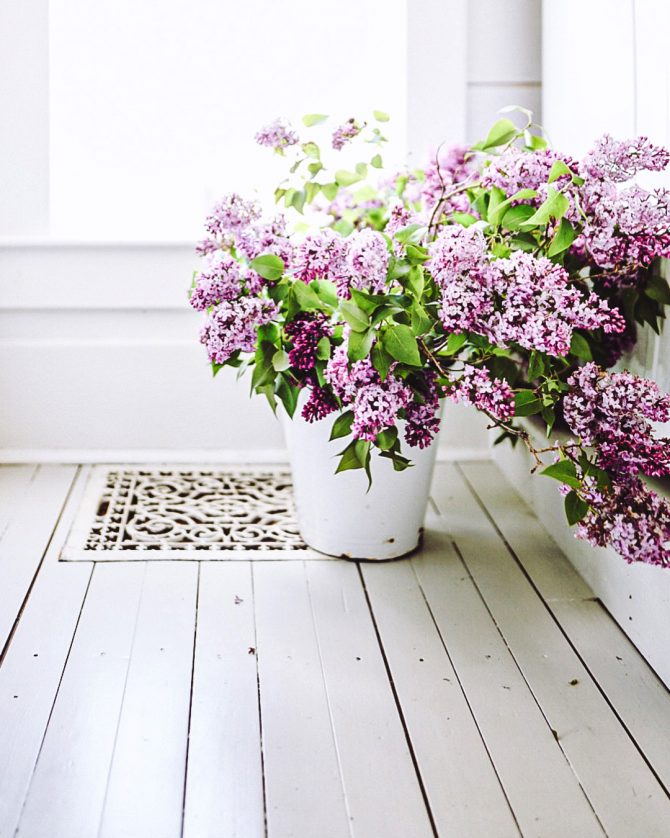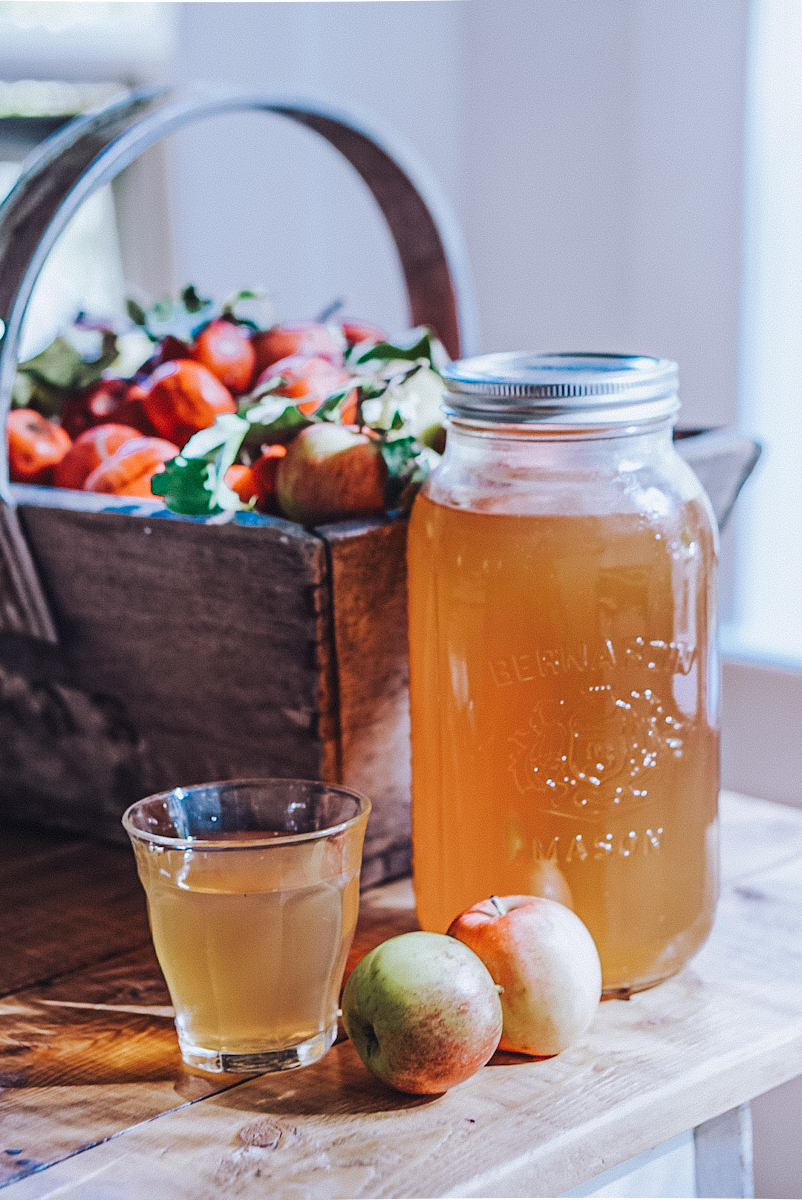This post may contain affiliate links. Please read our full Disclosure Policy.
Nothing says autumn more than the sight of pretty pumpkins adorning doorsteps and porches. Learning easy ways to preserve pumpkins will ensure they last as fall decor for the season and even over the winter if desired.
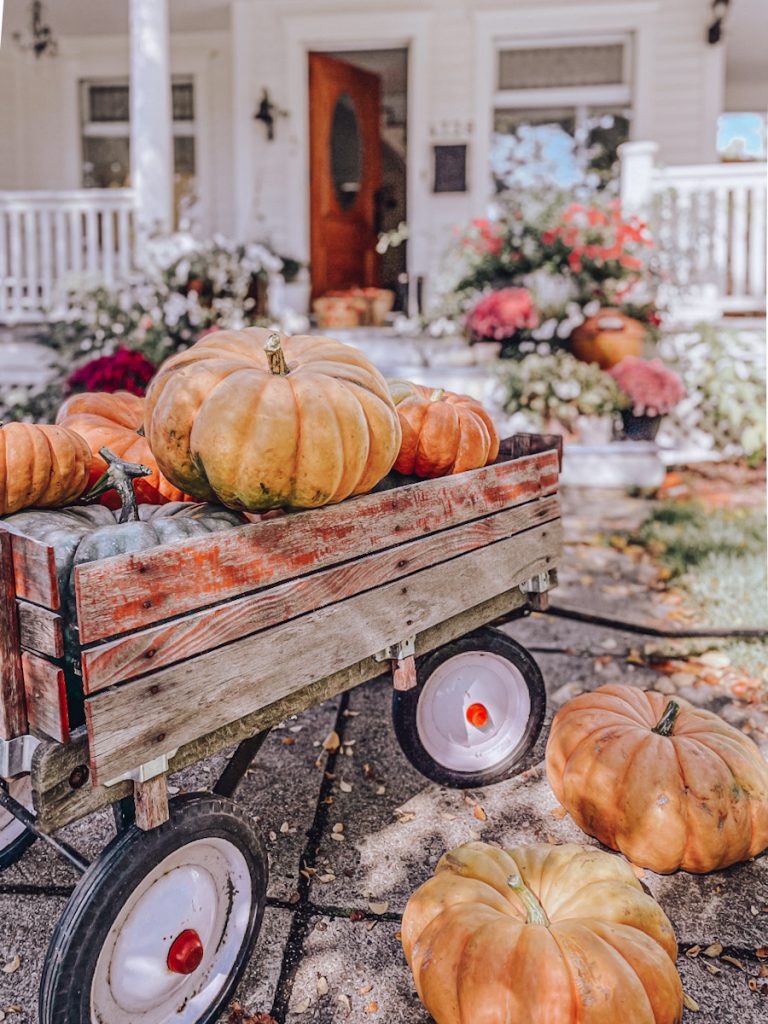
Living in Canada means we have a very short growing season. Depending on the summer, pumpkins can sometimes be tricky to grow to maturity here. As a blogger, I have found it challenging to get pumpkins early enough in the season for work purposes, so years ago, I began experimenting to see how to save my fresh pumpkins through the winter months to use again the following year. I have found a few methods that work very well.
The Best Pumpkins To Preserve
When preserving pumpkins, it is essential to choose the right pumpkin. No matter the size and variety of the pumpkin, it is essential to look at the surface of the pumpkin. Look for pumpkins with a firm, healthy-looking stem and no soft spots or blemishes. A sturdy pumpkin will be more resistant to decay and remain fresh for longer.
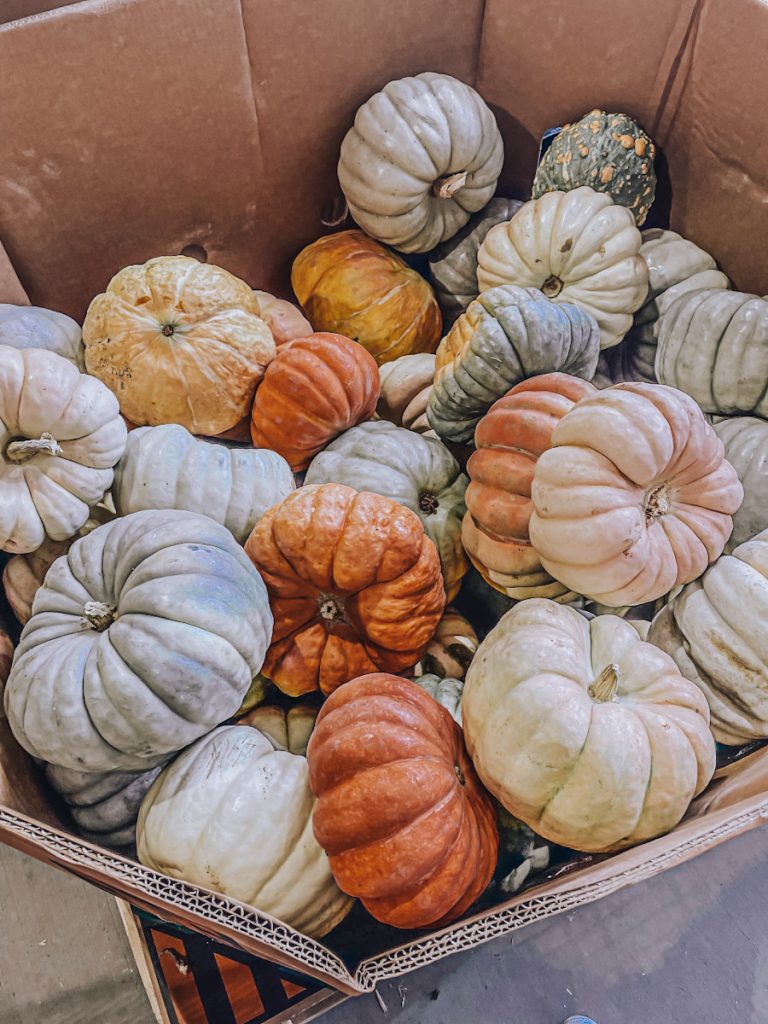
Ways to Clean Pumpkins
Whether you are using a carved or uncarved pumpkin, you will always want to clean and add a disinfectant to the pumpkin to make sure it lasts. Two ways to do this are:
With Bleach
One excellent method to preserve a pumpkin is by using bleach. The bleach is a disinfectant that helps prevent mold and bacteria growth.
- Mix one tablespoon of dish soap, a few teaspoons of bleach, and one gallon of water into a large tub.
- Stir well to ensure that the bleach is evenly distributed.
- Dip the pumpkin into the bleach solution, allowing it to be submerged for a few minutes. This will help kill any bacteria on the surface.
- Carefully remove the pumpkin and allow it to air dry.
Without Bleach
If you’re looking for a more natural method of preserving pumpkins, you can try using white vinegar.
- First, combine equal parts cold water and white vinegar in a clean spray bottle.
- Before applying the solution, place paper towels or newspaper underneath the pumpkin to protect your work surface.
- Proceed by spraying the pumpkin thoroughly, especially the carved areas, ensuring every inch is covered with the vinegar solution.
- Allow the pumpkin to air dry before displaying it.
For a nicer scent to either of these methods, try adding a few drops of essential oil to the water.

Preserving Pumpkins
There are simple yet effective preservation methods that can help to maintain that fresh, vibrant pumpkin appearance and extend the lifespan of pumpkins – both carved and uncarved. With these techniques, anyone can keep their pumpkins in great shape for the autumn months or even over the winter, like I do. There are different ways to preserve pumpkins, depending on whether they are carved or uncarved.
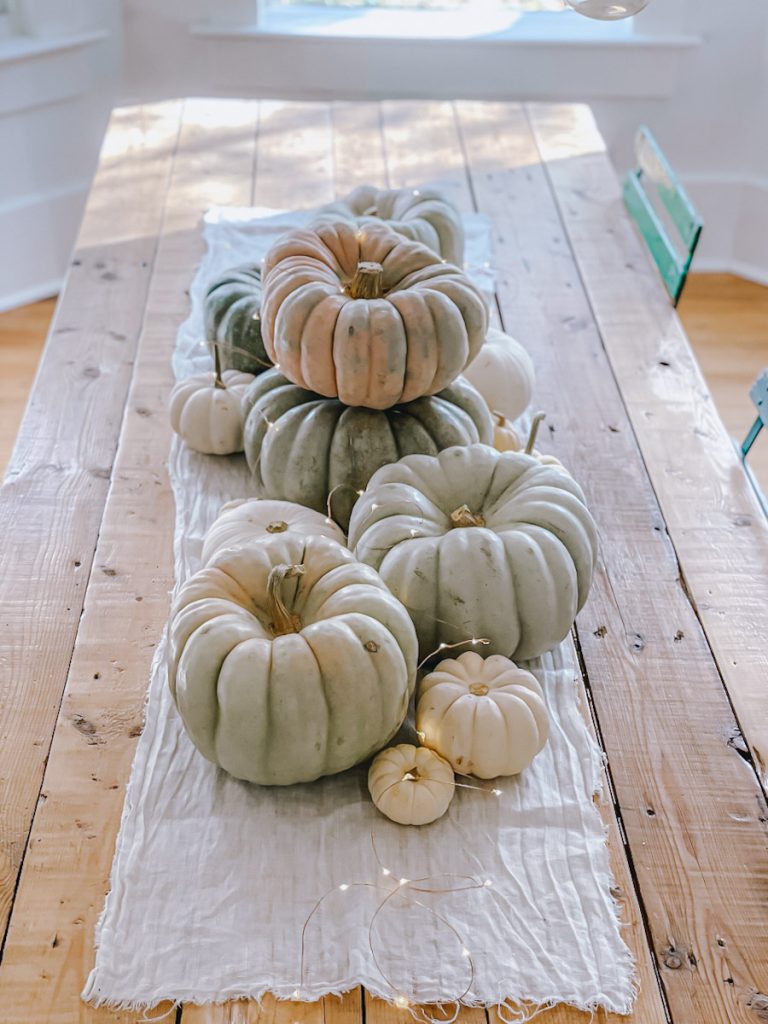
Carved Pumpkins
Carving pumpkins is one of the best Halloween festivities at that time of year, but they can quickly succumb to rot. The key to enjoying a longer-lasting carved pumpkin is to take steps to preserve it.
After you have cleaned, disinfected, and carved your pumpkin, try one of these different ways to preserve it.
Petroleum Jelly
One simple and effective way to preserve your carved pumpkin that I have tried in the past, is by applying petroleum jelly. This creates a barrier that helps retain the pumpkin’s moisture and slows the rotting process. To use this method:
- First step: clean out the pumpkin thoroughly, removing all seeds and pulp.
- Apply a thin layer of petroleum jelly to all cut surfaces, including the interior walls.
- Consider spreading some petroleum jelly around the outer edges of your pumpkin’s design to provide added protection.
Store your carved pumpkin in a cool, dry place for optimal results.
Clear Polyurethane or Acrylic Paint Spray
Good ol’ polyurethane! I use this for so many projects but another option for preserving your carved pumpkin is to use a clear polyurethane or acrylic paint spray. This method is especially helpful if you have a highly elaborate design that may be more challenging to coat with petroleum jelly. The spray creates a protective barrier that helps seal in moisture. To employ this technique:
- Clean out the pumpkin thoroughly, removing all seeds and pulp.
- Allow the pumpkin to air dry for a few hours.
- Spray the interior and all cut surfaces with a clear polyurethane or acrylic paint spray, following the manufacturer’s instructions.
- Allow the pumpkin to dry completely before displaying.
Tips For Preserving Carved Pumpkins
- Carve a hole in the bottom instead of the top to make it easier to clean and insert LED lights.
- Place your carved pumpkin in the fridge overnight, wrapped in plastic, to help it retain moisture.
- And, if possible, avoid using real candles inside your pumpkin; use LED lights or flameless candles instead, as they don’t generate heat.
Uncarved Pumpkins
Let’s talk about storing pumpkins! Preserving uncarved pumpkins is a great way to maintain and enjoy their natural beauty throughout the fall season and, potentially, into the winter. By taking proper care of uncarved pumpkins, you can prevent them from rotting and prolong their shelf life by weeks and even months.
I have overwintered mine for many years, and they will be on my front porch again by September 1st. It saves both money and time since we all know that fairytale pumpkins can be quiet expensive and, at times, will never mature in cooler climates.
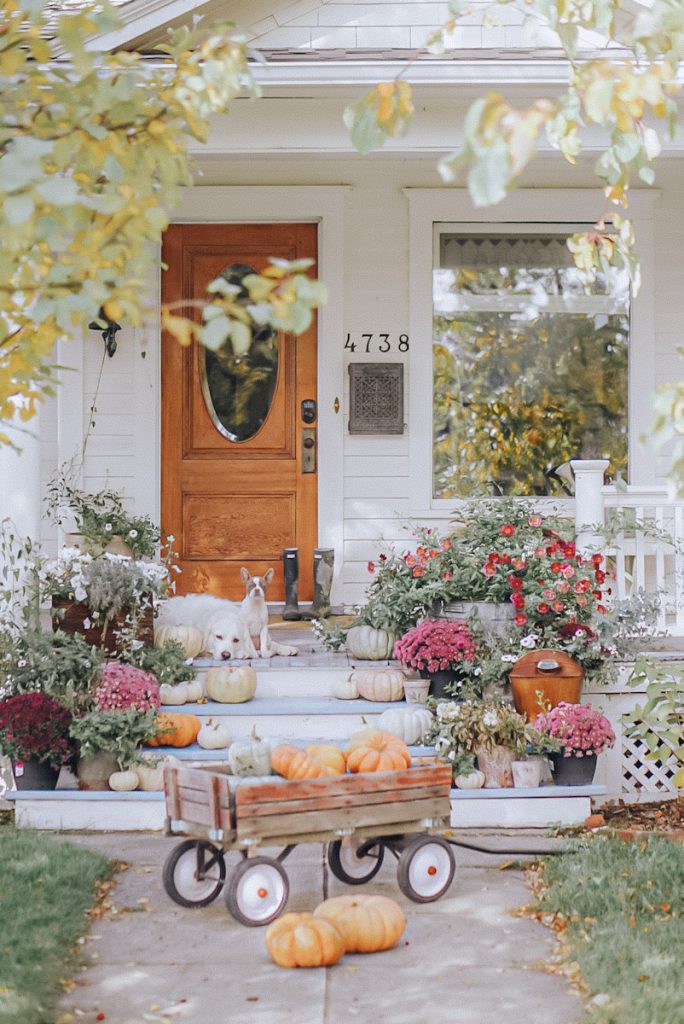
Here’s a friendly guide on how to keep uncarved pumpkins in good condition.
Storing Pumpkins Over Winter
To keep uncarved pumpkins fresh over winter, it is essential to store them in a cool, dark, and dry place. I have found that a cold cellar or basement works best, but I have also managed to keep them over winter by storing them in my garage!
Before storing your pumpkins, it’s essential to:
- Make sure the pumpkins are clean and dry. Remove any dirt, dust, or moisture using a dry cloth.
- Inspect the pumpkins for any signs of damage or rotting. Discard damaged ones to prevent the spread of rot to other pumpkins.
Keys To Storing Pumpkins
While storing the uncarved pumpkins, there are three keys to keeping pumpkins over the winter:
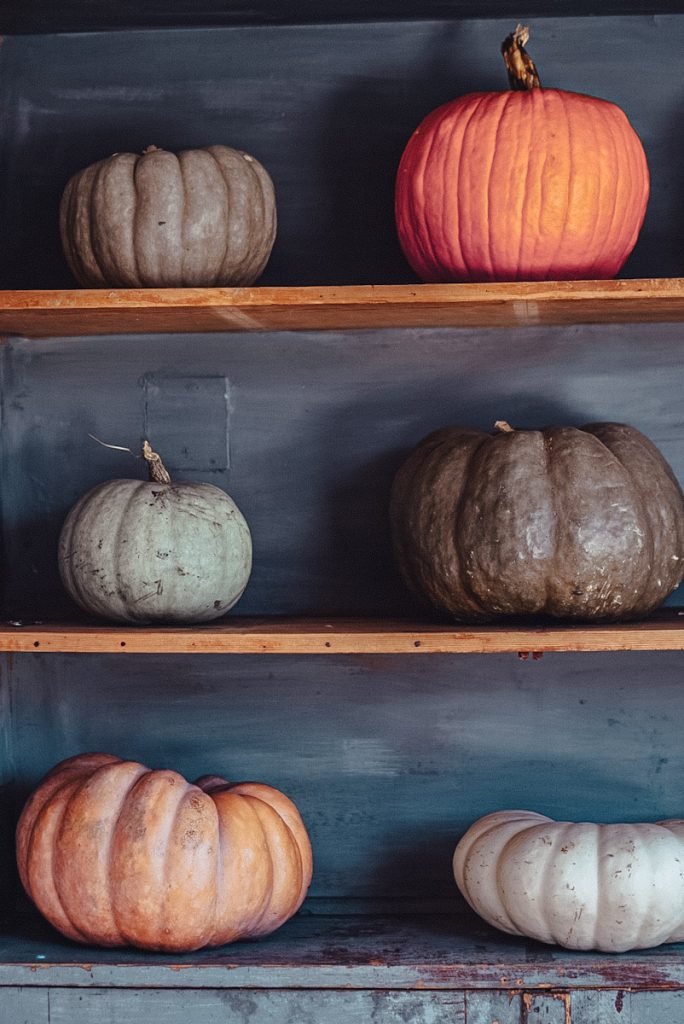
- Temperature: Maintain a temperature between 50°F-55°F (10°C-13°C) to prevent the pumpkins from freezing or rotting due to excess warmth. Avoid extreme temperature fluctuations, and keep them away from direct sunlight and heating vents!
- Location: A well-ventilated area such as a basement, garage, or root cellar is ideal for storage. DO NOT store them on concrete. Elevate the pumpkins off the ground using a pallet or a shelf to help with air circulation and arrange the pumpkins so they’re not touching one another, as it reduces the chances of rot spreading.
- Humidity: Keep humidity levels low (50%-70%) to avoid excess moisture that encourages mold growth. If you notice any condensation or moisture on the pumpkin, gently pat it dry with a paper towel.
- Placing a container filled with silica gel or a moisture-absorbing product nearby can help control humidity levels.
Thats it! Now you wait and hope for the best, but check in regularly on your pumpkins! Routinely monitor the condition of the pumpkins and remove any that show early signs of deterioration, or you may end up with a mess on your hands. I almost always lose a few to rot throughout the winter months, and I have had to learn the hard way to check in on them regularly.
Tips For Preserving Fall Pumpkins
- Choose a healthy pumpkin: Pick one without bruises, blemishes, or soft spots.
- Avoid direct sunlight: Position your pumpkin in a shady area to prevent it from rotting quickly.
- Storing inside: When not on display, store the pumpkin in a cool, dark place, like a refrigerator or garage.
- Hydrate: Occasionally, mist your pumpkin with water to maintain freshness.
- Regularly checking for signs of decay and applying the preservation solution as needed can help extend the life of your pumpkin.
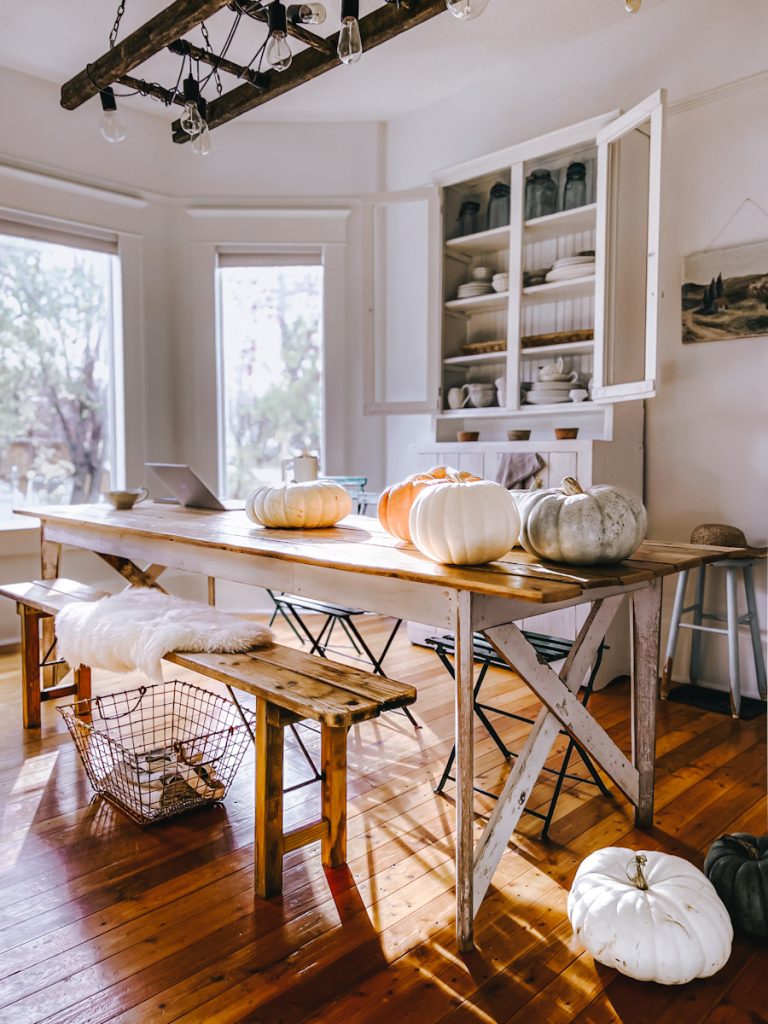
More Pumpkins and Preserving
Frequently Asked Questions
To make your carved pumpkin last longer, clean the inside thoroughly by removing all the seeds and pulp. Then, apply a mixture of bleach and water to the cut surfaces and interior to prevent mold growth. Keep the pumpkin in a cool, dry place, and avoid direct sunlight when displaying it outdoors.
Prevent rotting by using preservation techniques like dipping or spraying them with a bleach solution, coating them in petroleum jelly, or spraying them with preservation products. Keeping the pumpkin in a cool, dry place will also prevent decay and make it last longer.
Vinegar acts as a natural disinfectant that kills or prevents the growth of mold and bacteria on the pumpkin. Mix equal parts vinegar and water, spray the solution into the carved pumpkin or soak the whole pumpkin in the solution for 20-30 minutes. The vinegar treatment will slow down the rotting process and help your pumpkin stay fresh longer.
Bleach helps to kill mold, bacteria, and other microorganisms that cause pumpkins to rot. By mixing one tablespoon of bleach with a gallon of water and soaking your carved pumpkin in this solution for 20-30 minutes, you create a protective barrier that slows down the rotting process and extends the pumpkin’s lifespan.
Preserving Pumpkins Video
This is a quick and easy video to show how I preserve my pumpkins every year over the winter!


